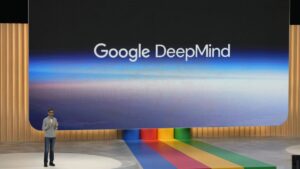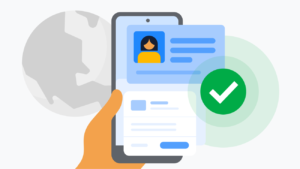An Effective Method for Developing Creative Content and AI Training

The Impact of Artificial Intelligence on Creativity and Innovation
Artificial intelligence (AI) is transforming various aspects of our lives, influencing everything from our everyday tasks to groundbreaking scientific research and creative endeavors. As AI technology continues to advance rapidly, it raises important questions about how to balance the use of creative content when training AI models. This discussion extends beyond mere legal considerations and delves into the future of AI development and human creativity.
Understanding AI Outputs
When we think about the creation of new works—whether through a pen, typewriter, or AI—we encounter a crucial issue: Does this new work infringe upon any existing copyrights? This question can be complicated. Factors to consider include the similarity between the new and original works, the nature of both pieces, and whether they compete in the same market.
To address these challenges, AI developers can utilize output filters. These tools work to limit the replication of works that are too similar to existing ones while also helping AI models make more refined evaluations of creative content. Additionally, implementing provenance information—like watermarks or metadata—can help clarify who created specific works, reducing the chance for misrepresentation. For instance, Google has introduced innovative tools such as SynthID to provide clearer attribution and has partnered with the Coalition for Content Provenance and Authenticity (C2PA) to enhance content verification efforts.
Responsible Training of AI Models
Training AI models often involves using content from the open web. In the U.S., this falls under the concept of fair use in copyright law, which permits certain transformations of existing information. However, responsible practices can help garner broader acceptance and trust in new AI technologies.
One effective method is to ensure that content is sourced legally and ethically, allowing websites the option to opt-out of having their materials utilized for AI training. Adhering to industry standards for web crawling is essential in achieving this. These protocols, like the widely recognized robots.txt file, help regulate how content can be accessed online. Many publishers now adopt protocols tailored for AI, enabling a fairer system for content usage. It is vital for AI developers to be flexible and adapt these standards as the digital landscape evolves, always respecting existing barriers like paywalls.
Furthermore, regarding the use of individuals’ voices, legislation can enhance existing notice-and-removal systems, protecting creators from misuse. New tools are also being developed to allow creators to harness AI’s abilities while maintaining control over their personal likenesses and voices.
Creating Shared Value in the AI Ecosystem
AI offers significant opportunities for mutual benefit among developers and the creative industry, fostering collaboration that can ultimately expand markets and generate new revenue streams. By directing traffic to content creators, AI developers contribute to a more vibrant ecosystem.
Exploration of collaborations is increasing, particularly in instances where AI services can utilize factual content from websites to ground their outputs. Additionally, AI developers and content publishers are beginning to develop specialized agreements that permit the use of distinct or proprietary data for training purposes. Companies like Google are actively negotiating with publishers to obtain broad rights to data, while also continuously pursuing new partnerships to enrich AI output.
Moreover, AI developers are collaborating with media and creative professionals to invent generative AI tools that enhance the working environment. One example is Pinpoint, an AI resource for journalists, enabling them to sift through various media types—text, audio, images—to discern patterns and discover fresh angles in storytelling.
AI’s transformative potential offers numerous opportunities, promising to push the boundaries of science, commerce, and creativity. Ongoing collaboration among stakeholders can foster an environment where both innovation and creators’ rights thrive. This cooperative approach is crucial for leveraging AI responsibly and ethically, ensuring that it benefits all involved parties.





